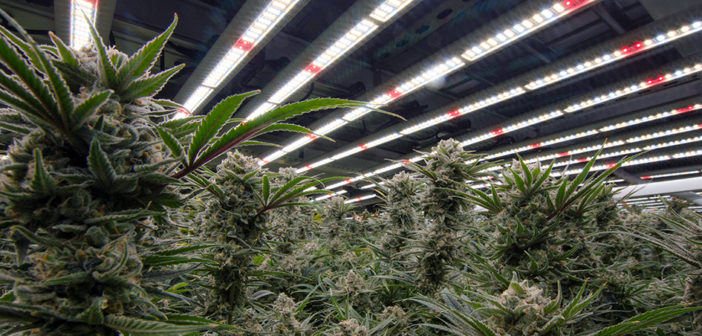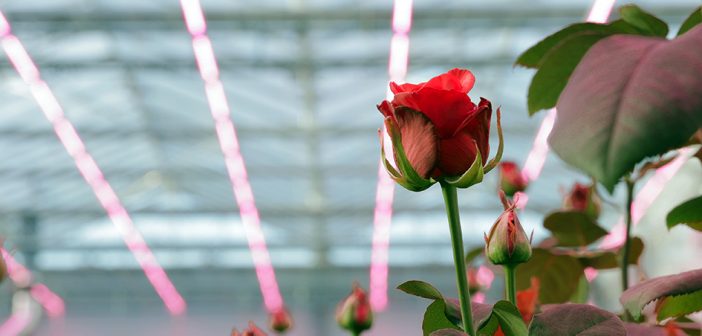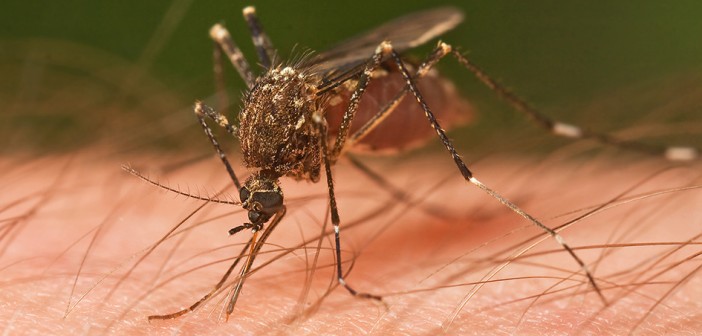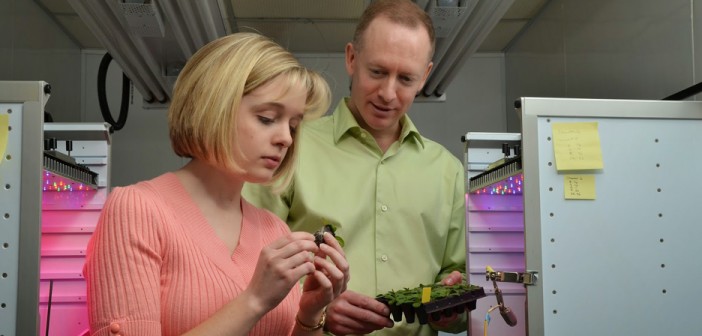The Fluence brand of LED lighting, produced by international lighting company Osram, is to begin marketing its horticultural lighting range in Europe.
Founded in Texas in 2012, Fluence Bioengineering was founded in Texas in 2012 and has seen rapid growth, resulting in them now being one of the biggest players in the US and Canadian horticultural industry. In particular their LED solutions are used in vertical farming and legal cannabis cultivation, where it has the biggest share of the market. Last year Fluence was purchased by German-based Osram, whose LED chips were already used in Fluence products.
Timo Bongartz has been appointed as the new EMEA manager. He says that while the company expects legal cannabis production to grow in Europe, it is also looking to supply producers of more traditional horticultural crops. “With every country following its own rules, [cannabis]is not an easy market,” he points out.
The company has already supplied lights to indoor farming company Bowery Farming, and Timo adds, “Our RAZR and SPYDR solutions match the crop very well, and the companies match as well. These type of growers are used to innovating and are open to new developments .Therefore we also have a good fit with similar farms, especially in the Nordics: Sweden, Finland, Denmark for example. The fact that we’re supported by Osram gives them trust in our products as well.”

Photo Caption: In the US and Canada Fluence has become a leading supplier of LEDs for legal cannabis production
Photo Credit: Fluence by Osram The post American LED supplier enters European market appeared first on Hort News on 14 March 2019.


